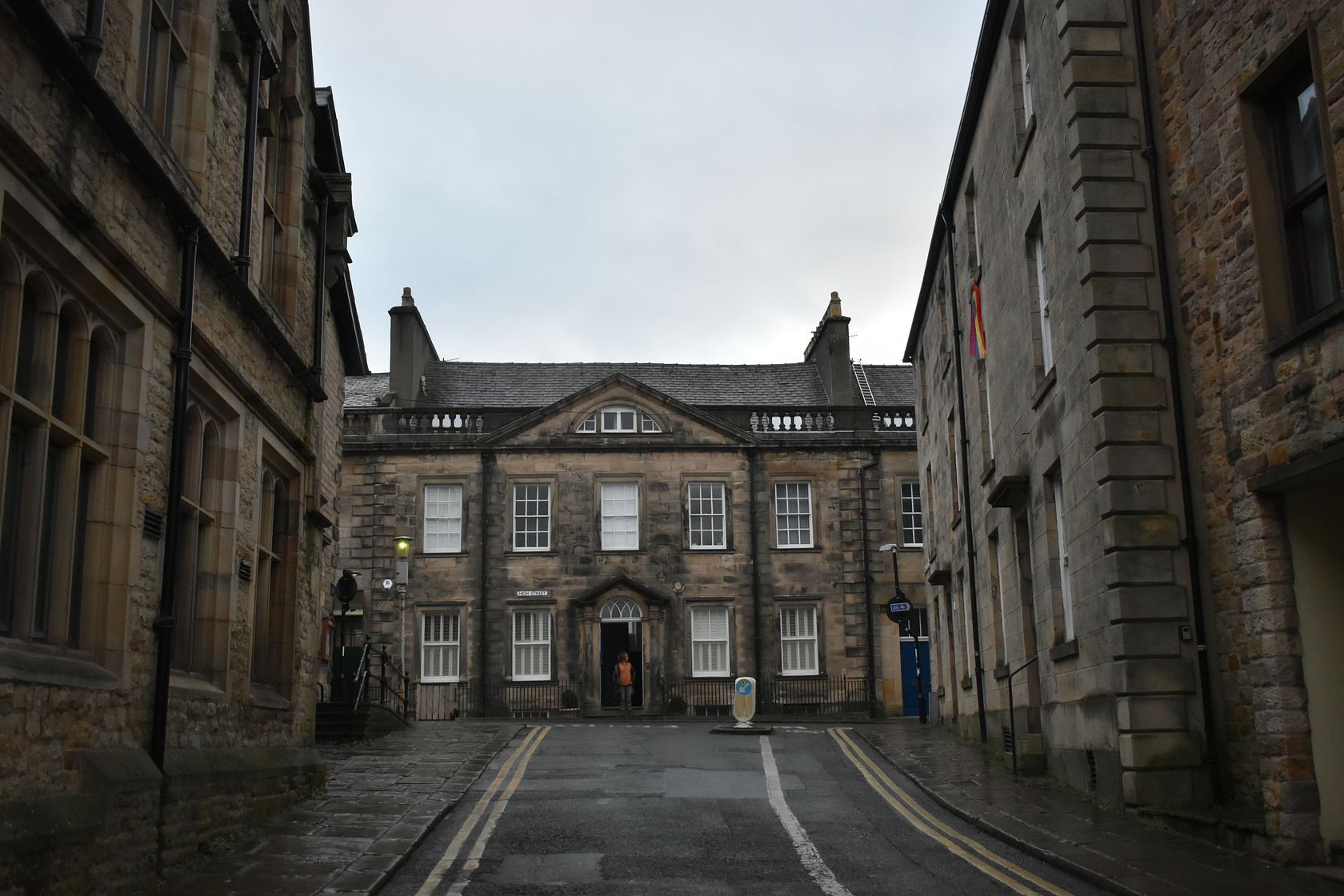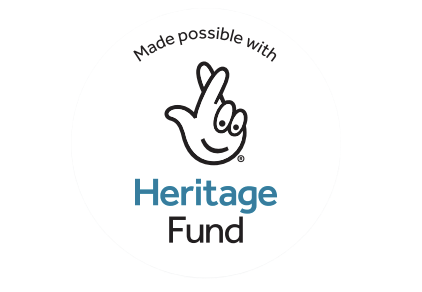
Content warning: this text included references to the violent treatment of enslaved Africans.
What is slavery?
Slavery is when one person is ‘owned’ by another. An enslaved person is not treated as a person, but as property that can be bought and sold. They are forced to work for nothing, often in labour-intensive industries like agriculture and mining.
When did trans-Atlantic slavery happen?
Trans-Atlantic slavery began in the 16th century as the Portuguese colonised areas in South America, in search of commodities like silver. Vast amounts of labour was needed to extract these resources and initially, colonisers forced native communities to farm the land but many indigenous people died from unfamiliar diseases brought across from Europe.
Slavery occurred in areas across Africa, such as through debt bondage - where people worked unpaid to settle debts. Enslaved Africans were also transported to the Middle East in what was known as trans-Saharan slavery from around the 7th century. European traders exploited this practice to capture Africans who they could then transport to the Americas and force to farm the land.
Early European settlers remained in West-African coastal fortresses, known as ‘trading posts’, colluding with African ‘slave-hunters’ who marched those they had captured from areas deeper into the continent. This was known as the ‘first passage’, and only being able to shuffle in the shackles they were forced to wear, many people did not survive this arduous journey.
Captured Africans were then loaded onto European slavery ships. Trans-Atlantic slavery is also known as ‘chattel’ slavery in reference to how they were treated - as cattle. Enslaved people were stacked into confined rows, often chained to the person next to them.
Disease was rife and food & water was sparse. Known as the ‘middle passage’ it is estimated that around one tenth of all those enslaved died on each voyage. Once they reached the Americas, they were then marched to the plantations onto which they would be sold.
Who played a part in it?
As the British saw the vast amounts of wealth that other European countries had made, they themselves wanted part of what they saw as a ‘lucrative’ business. Despite the brutality required to enslave other human beings, Christian countries justified this to themselves because of racist perceptions that ‘othered’ non-Christian people.
The Royal African company was set up in 1660 by King Charles II’s brother, the Duke of York, to monopolise English involvement in slavery. When this company ceased trading in 1750, the African Company of Merchants absorbed its business, and the African trading posts they owned, allowing individual merchants to make enormous amounts of wealth from the sale of human lives.
English courtiers Francis Drake and cousin John Hawkins, who were also known for their role in the Spanish Armada in the late 16th century, are credited as establishing the slavery triangle that operated across three continents: Africa, Europe and the Americas. Manufactured goods from Europe such as cloth, beads, and guns were taken to Africa where they were exchanged for captured people. Raw materials and goods produced through slave labour such as cotton, sugar, rum, mahogany, and tobacco were then brought back to Europe.
Rebellions on plantations were frequent as the enslaved Africans protested the conditions under which they were held. To provide a legal framework that allowed enslavers to maintain social control, the ‘slave codes’ were created. These were a series of laws that made it legal for owners of enslaved people to violently oppress them, often including acts of mutilation.
After slavery was abolished, these codes were rewritten as the ‘black codes’ to maintain racial hierarchies in the US. Through this, we can see the direct link to the Jim Crow laws of the segregated Southern states in the 1930s. Racism experienced by black people today can be rooted in the violent dehumanisation of black, African people, commoditised for profit.
Slavery has existed throughout human history and across many different civilisations but it was trans-Atlantic slavery that profoundly changed the scale; both of the vast number of human beings being enslaved and the global economic systems that emerged from this. It is estimated that, in total, around 12.8 million African people were transported across the Atlantic.
Every area of Britain benefited from slavery - from the manufacturers of slavery produced goods and their employees; the banking and insurance systems that developed out of this large scale trading network, to the everyday consumption of commodities like sugar.
Does slavery still exist?
Slavery was abolished in Britain in 1807 and across the empire in 1833. However, illegal slavery still exists today with millions of people worldwide forced to work for no money, under terrible conditions. People can become enslaved making our clothes, serving our food, picking our crops, working in factories, or in domestic work such as cleaning. Like trans-Atlantic slavery, people are exploited for the financial gain of the people who enslave them.
By understanding the links between global inequalities and the devastation caused by trans-Atlantic slavery, we can make conscious decisions about how our actions either perpetuate or help bring about change to these practices.
For more information: https://www.unseenuk.org/


